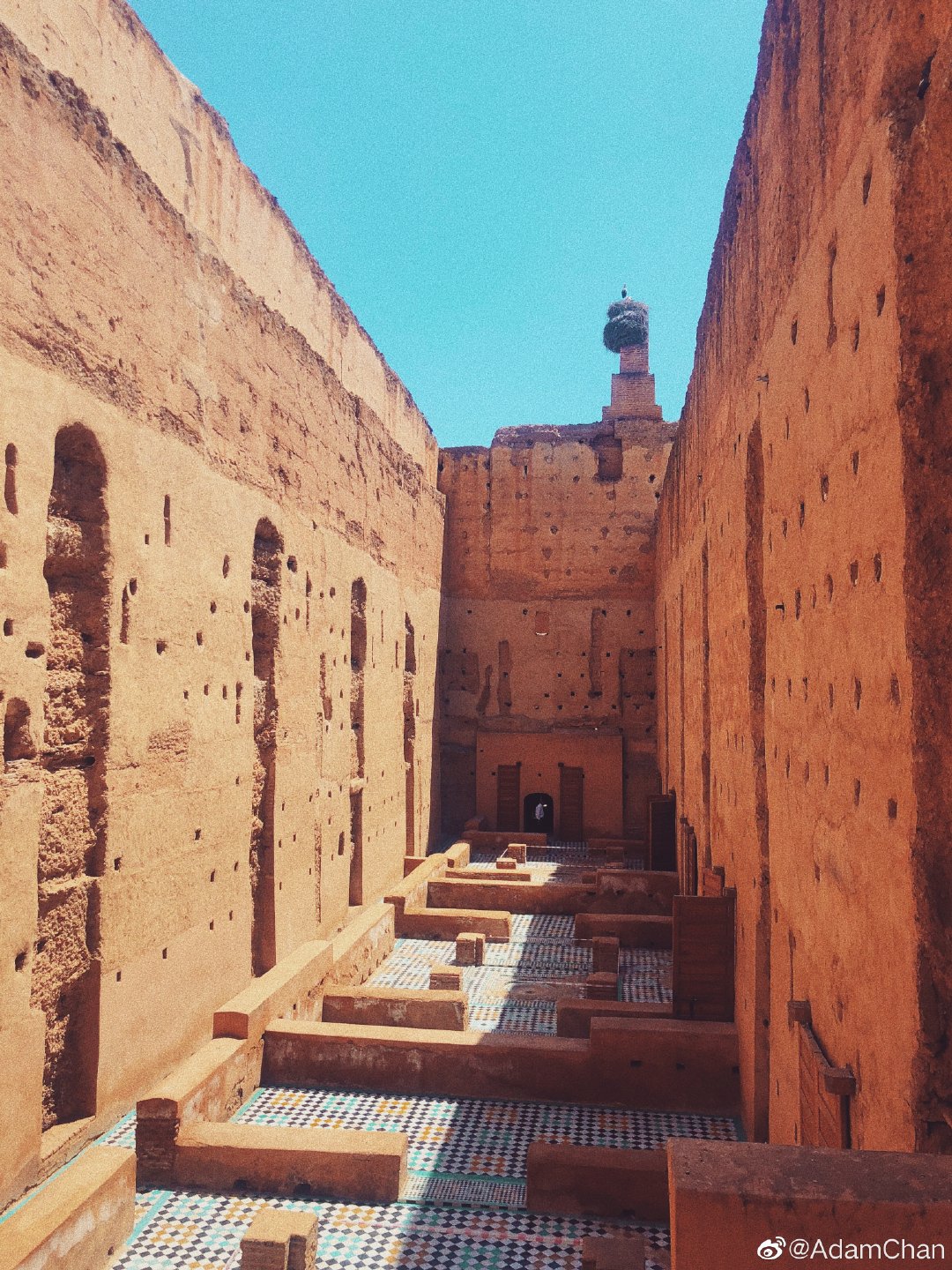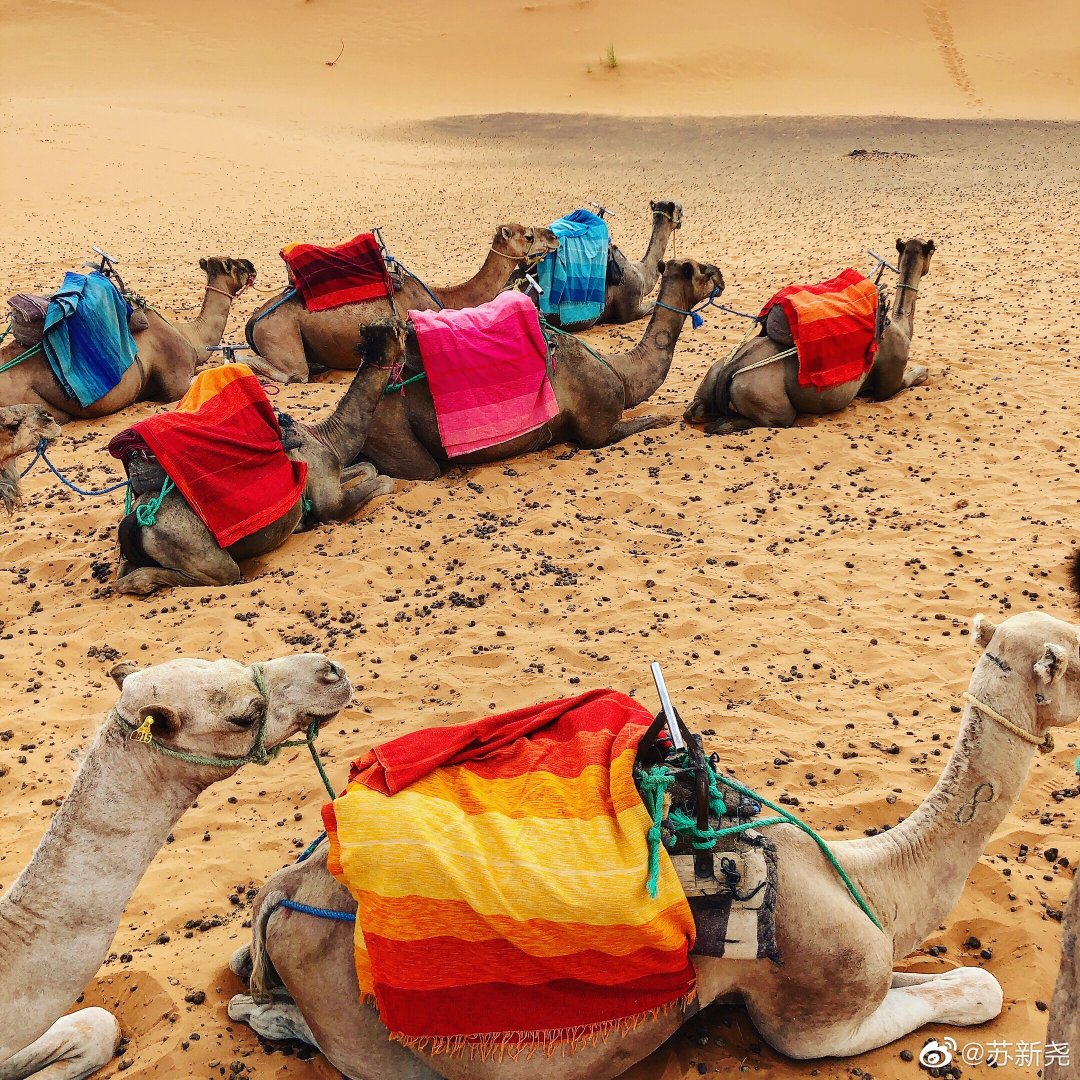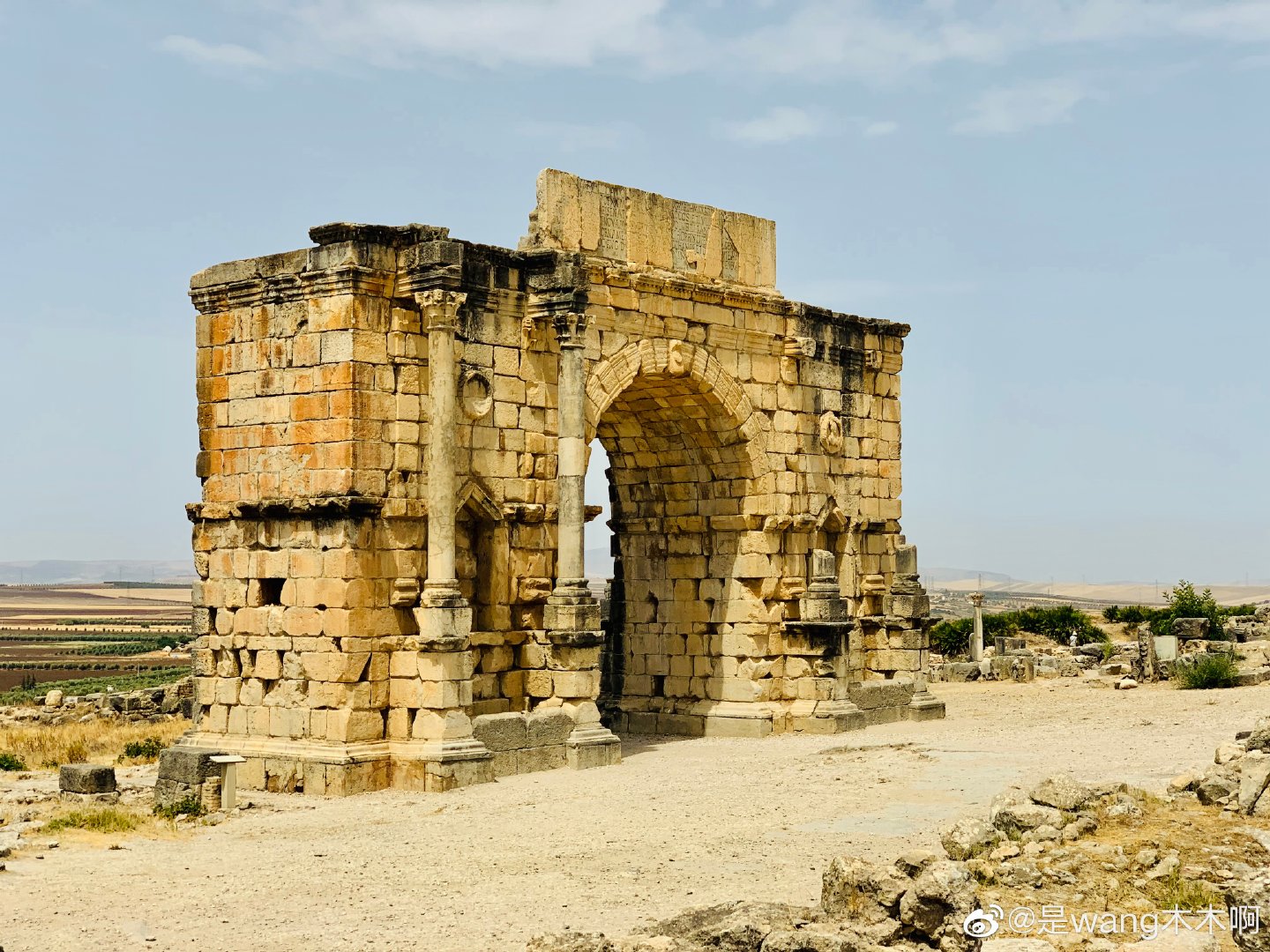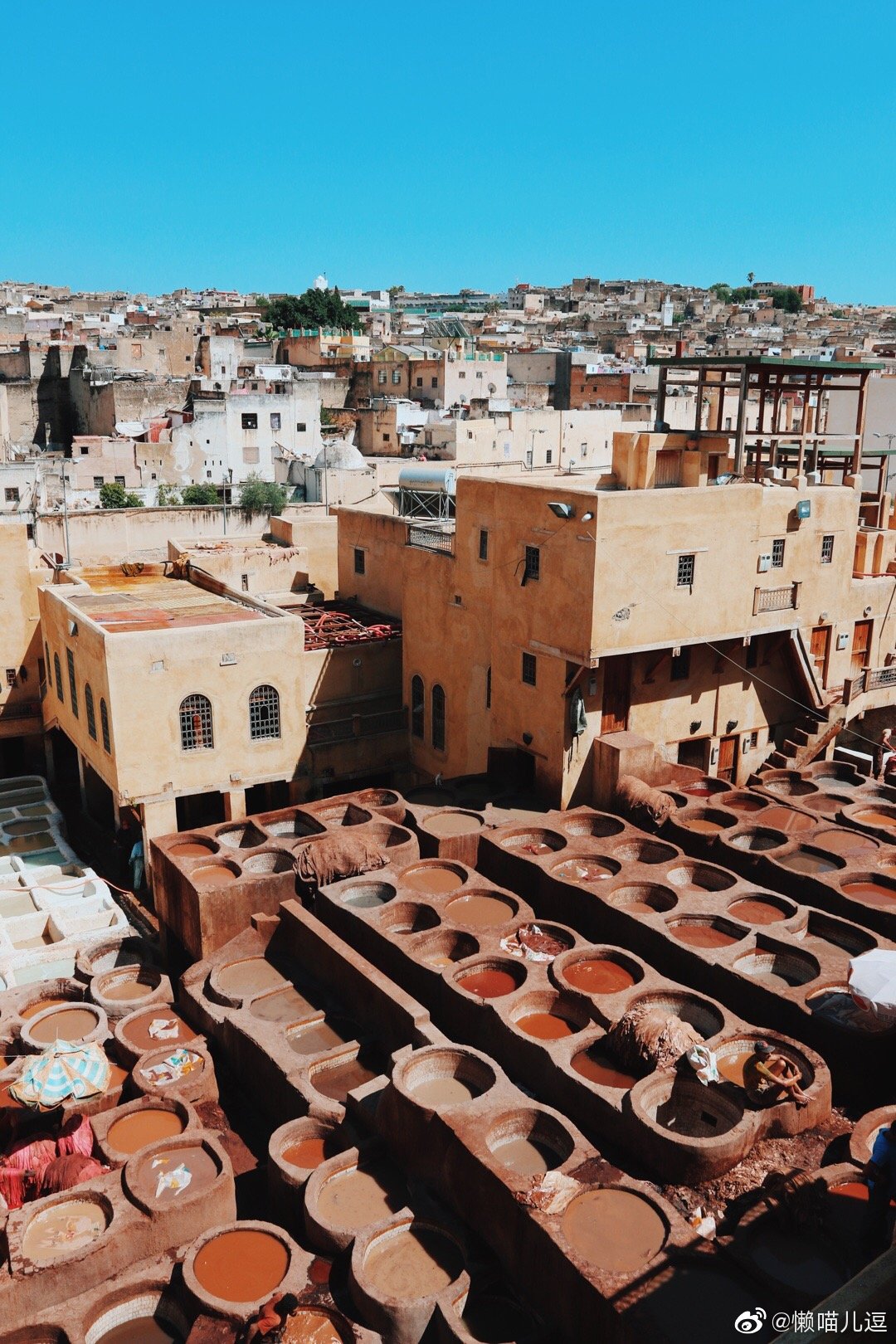Camel Trekking in the Sahara

When you pictured dashing into the sunset on your trusty steed. you probably didn’t imagine there’d be quite so mush lurching involved. Don’t worry: no one is exactly graceful clambering onto a saddled hump. But even if your dromedary leaves you knock-kneed, you’ll instinctively find your way to the summit of the dunes at nightfall. Stars have never seemed clearer, and with good reason: at Erg Chigaga, you’re not only off the grid but several days camel trek from the nearest streetlights.




